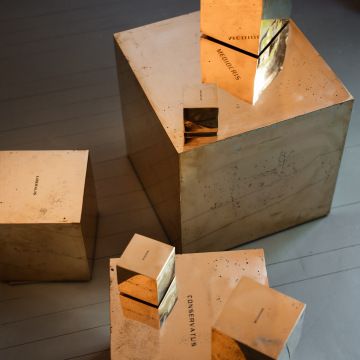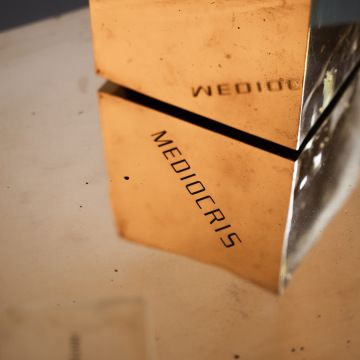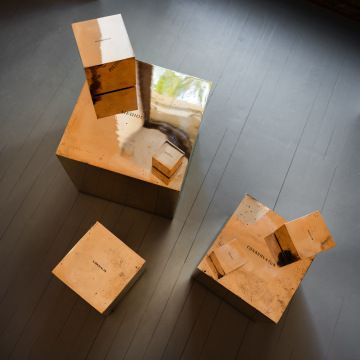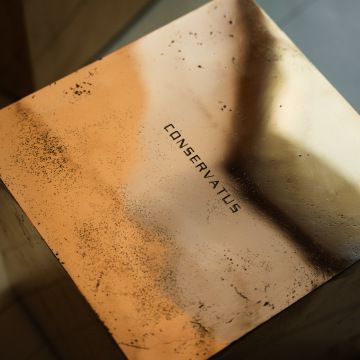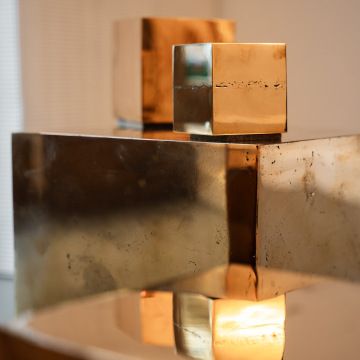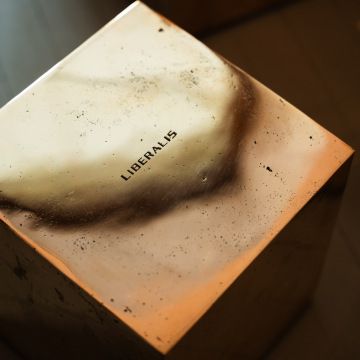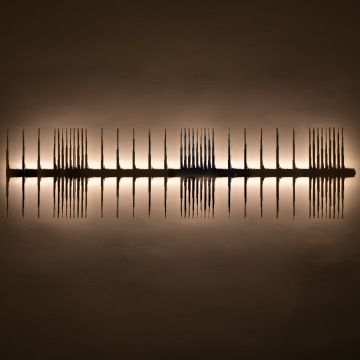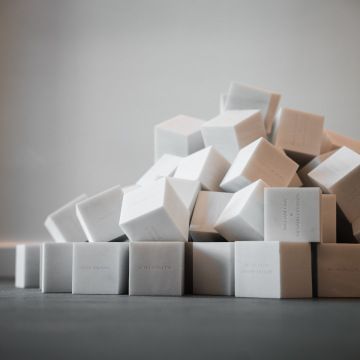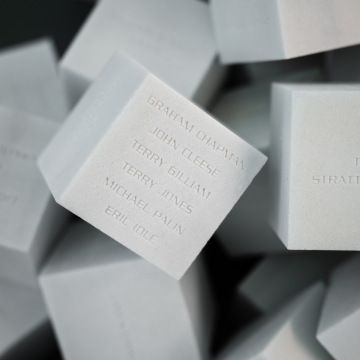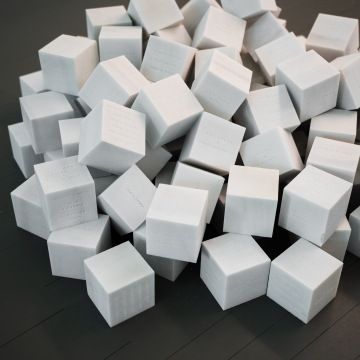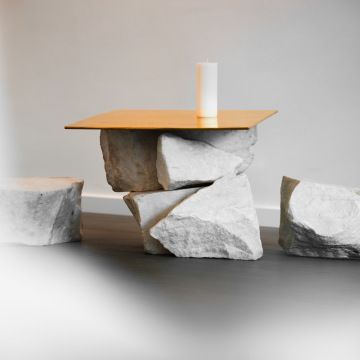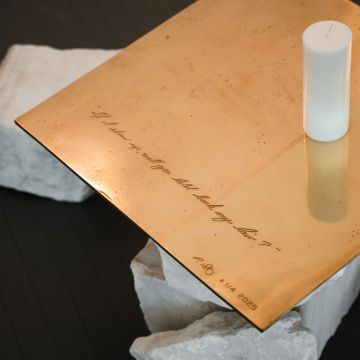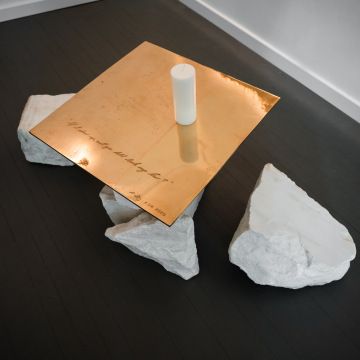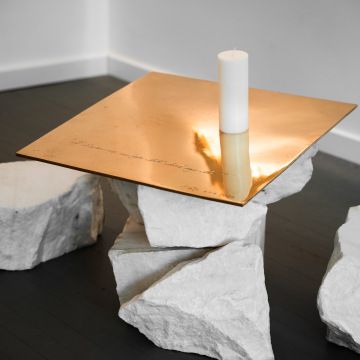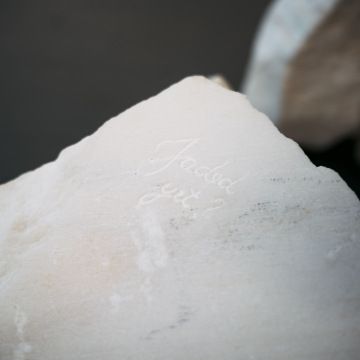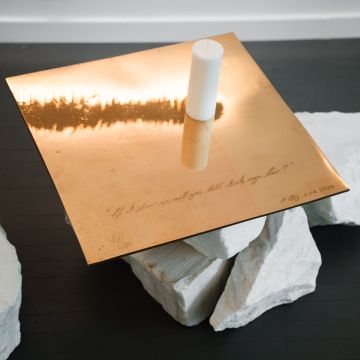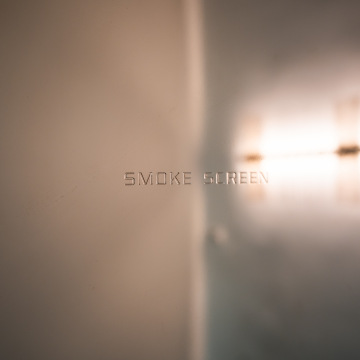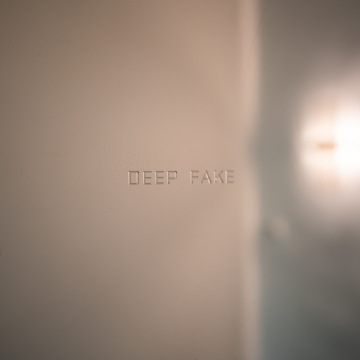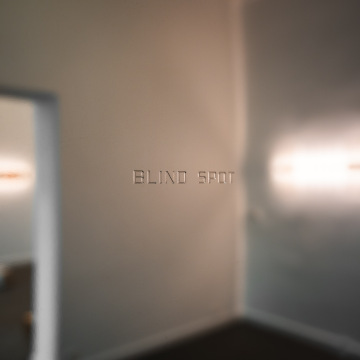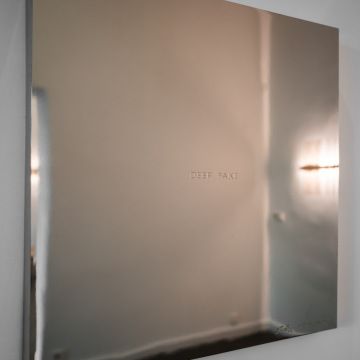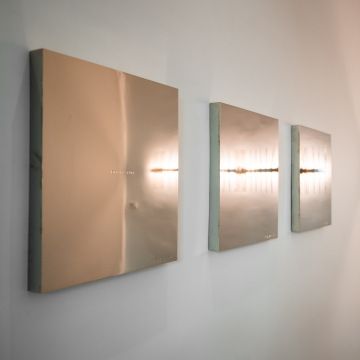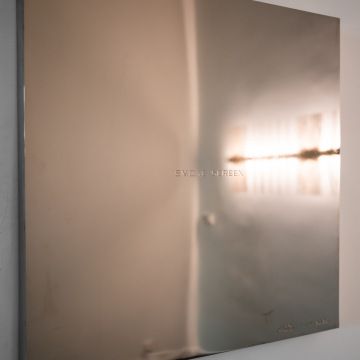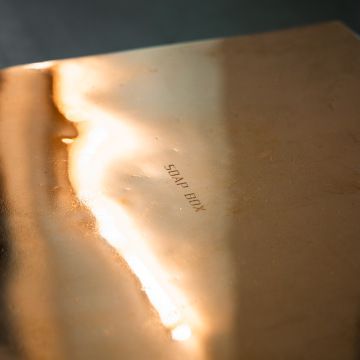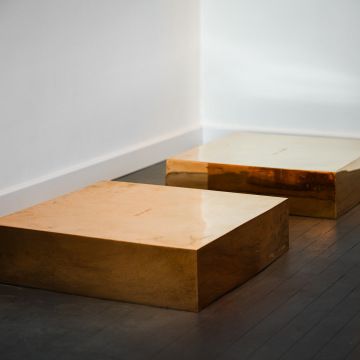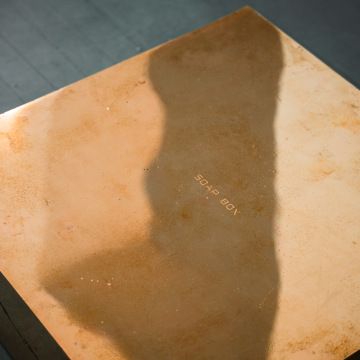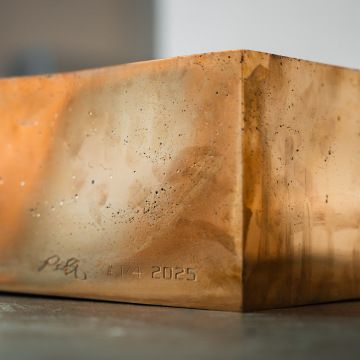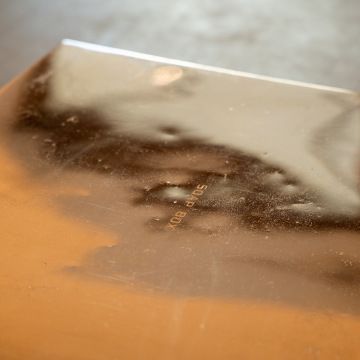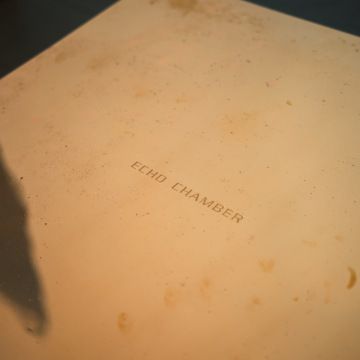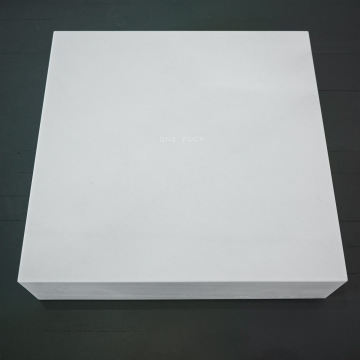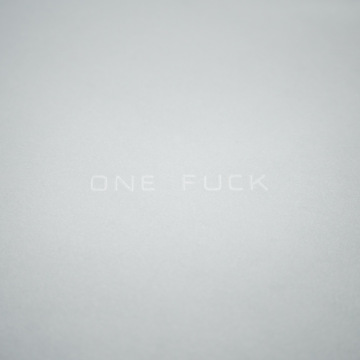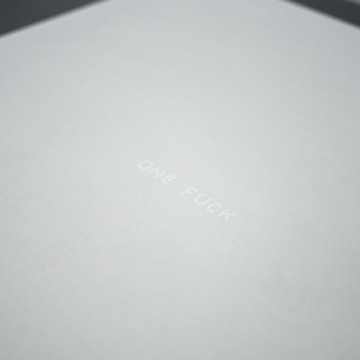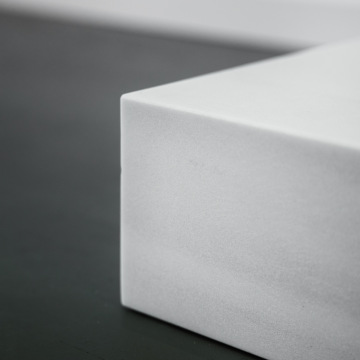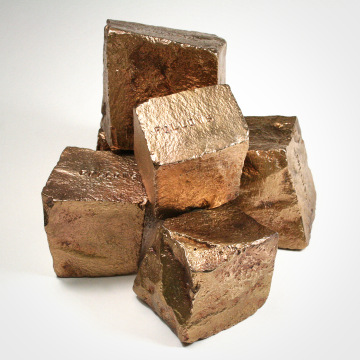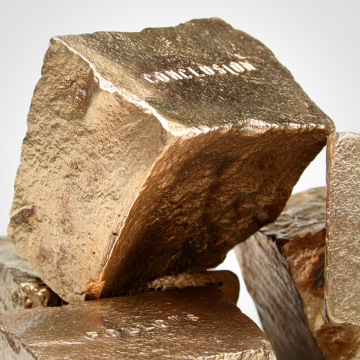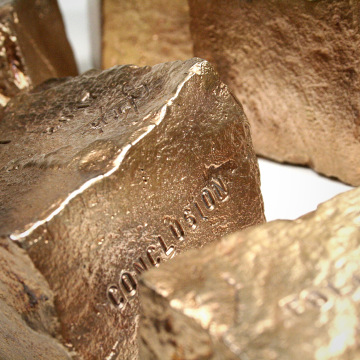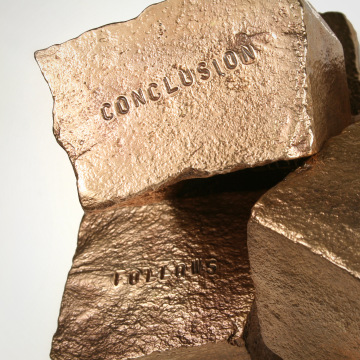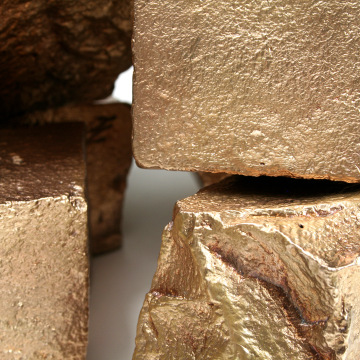Inaugural show: Patricia Strickland
Artist info: Born April 7th 1964 to German-American parents in Mannheim, Patricia grew up in constant transition between the US and Germany. This facilitated her social, moral and intellectual independence. The absence of family structures compelled her into interaction and dialogue with whatever environment she found herself in, be they grounded, rooted places like London, New York, Berlin, Boston, Heidelberg, Zürich and West Central Texas, or escapist havens like Amsterdam, Paris, Munich, Los Angeles, Monaco, Ibiza and San Francisco.
Many locations, which were home at one stage, generated an inner tension. Environmental dichotomies formed the foundation of her work more than art lectures at uni Munich and London ever did. „Every idea I brought into being arose from the textures, contrasts and rhythms of the many cities that raised me, places whose spirit continues to resonate through my practice“.
Current exhibition
"back in the game" Patricia Strickland from December 19th to February 4th 2026
# PHI Macro Level:
A study in human geometry, seven bronze cast polished cubes, hand engraved, 2025 1/4
In this sculptural work, the artist creates a three-dimensional embodiment of the golden ratio, long admired for its connection to natural harmony and aesthetic perfection-reinterpreting it as a mathematical allegory for the psychological and sociological architecture of human society.
The piece is composed of seven bronze squares, cast in increasing and then decreasing sizes, reflecting a golden curve of growth and decline. This arc is not random, it is a deliberate structure drawn from ɸ (phi) calculated and divided into harmonic proportions, underscoring the tension and resonance between order, beauty and the underlying mathematics of life. Each square bears a single Latin engraving, inscribed on its reflective surface.
The sequence begins with "Initiatus", the initiator: small, potent and rare. It progresses through "Innovatus", the innovator and "Liberalis", the progressive, culminating in the largest square "Mediocris", the average, representing the central mass of society. Then, the scale gently recedes through "Conservatus", the conservative, "Moderatus", the moderating force and finally returns to near its initial size with "Rigidus", the rigid, resistant to change. This symmetrical flow evokes the cyclical nature of societal evolution, in which movements begin with the few, expand to the many, and contract again into resistance or redefinition. These archetypes are not static societal classes, but enduring character traits or motivational patterns that surface repeatedly across eras, cultures and even within a single individual. The artist invites us to consider that each of us houses this full spectrum, experiencing a mosaic of often contradictory impulses: hope and fear, progress and preservation. This is a meditation on self and society, mathematics and myth, structure and spirit, rooted in antiquity, rendered in timeless form.
General info on phi ɸ - First traced in the mathematics of ancient Egypt and Babylon, ɸ emerges as the ratio binding a circle's circumference to its diameter. A number without end, forever unfolding. Where phi reveals infinity and the mystery of cycles, the golden ratio captures harmony and form. Together they reflect humanity's twin pursuit of the immeasurable and the ideal.
# Tribute to Audio:
Wall instalation, watercut aluminum plate, engraved, nickel plated WAV-file visualization, 190 cm lenght x max 70 cm height, LED backlit, 2025 1/4
Tribute to Audio is an homage to sound.
This ongoing project visually captures resonant and evocative fragments of divers forms of audio. When in the early nineties WAV files began to escape the confines of studio use and enter public consciousness, I discovered the perfect medium to honor certain creators of music, speech, cinematic dialogue, sounds of nature and sonic expression, rendering their impulses into the language of form. Each inspiration is transformed into a visual waveform, precise and literal, executed in water-cut aluminum, engraved and galvanized. These plates are transmutations of auditive perception, giving body to the intangible.
The curated sound bits span musical epochs, genres, media recordings, contemporary compositions, dialogues that echo in cultural memory, each chosen by intuitive resonance. The subjective selection is shaped by personal impact and lived experience, yet each work gestures outward, paying homage to the vast lineage of sonic creation.
Tribute to audio is a manifestation of transition: the movement from digital abstraction into tangible form, crystallizing the paradox of audio itself - transient in life, yet capable, once transformed, of enduring in form. Ephemerality made permanent.
# Compound
White marble, engraved, 100 cubes per city: LA, NY, London, 2025 1/4
Compound is an ongoing sculptural project that reflects on the city as a collective human construct while acknowledging its profound role in the artists own life. Each iteration consists of one hundred white marble cubes, piled randomly and every surface is engraved with names of individuals, both real and fictional, who have in ways monumental or modest, shaped the identity of a metropolis.
The first three cities represented are London, New York, and Los Angeles. Impactfull places that provide shifting vantage points from which to perceive society and the undercurrent of metropolitan life. In perpetuity urbanites engage in the construction, deconstruction, impermanence, solitity, decay and renewal of their cities. "I have always been drawn to stone piles on construction sites; temporary accumulations of cobblestones awaiting their next use. Once part of a surface that allowed pedestrians to move smoothly ahead, they are now piled in suspension, waiting to become part of a new order. For me, they embody the transient nature of urban development: permanence and impermanence folded into each other. Compound echoes this quality, its cubes resembling both foundations and fragments, both monument and debris".
"The many names chosen, stem from all backgrounds and epochs. Native inhabitants, settlers, politicians, industrialists, artists, laborers, fictional figures, entertainers, builders, social-and-sex workers ... acknowledge that a city is built by countless visible, obscure, contoversial and inspirational participants. Yet the choices of whom to include are inevitably subjective and can only ever represent a fraction of what any metropolis truly requires to emerge, expand, and endure. The work is therefore both analytical and personal: a selective homage shaped by cultural influence and inspiration, interaction, research, memory and lived experience, but always gesturing toward the immeasurable multiplicity that defines a city and it`s residue I encounter. In Compound, marble cube`s weight and permanence contrast with the ceaseless flux of urban life, crystallizing the paradox of cities: enduring in form, yet forever provisional in meaning."
# Date Night on the Rocks
Variable installation, white marble, engraved bronze cast tabletop 60 x 60 cm, 2025 1/4
Date Night on the Rocks stages an unstable architecture of intimacy through a formal vocabulary that collapses sculpture, furniture, and relational aesthetics. Eschewing conventional legibility and support structures, the artist constructs two seating units and a table entirely from roughly hewn white marble boulders, each carefully balanced to form a composition that is as contingent as it is deliberate. The absence of traditional function foregrounds the work's preoccupation with emotional precarity and performative domesticity. The centerpiece, a 60 x 60 cm cast bronze tabletop, slightly tilted, introduces a material and symbolic counterpoint to the stone assemblage. Its polished surface invites both reflection and distortion, complicating the viewer's visual and conceptual engagement. The engraved phrase "If I throw up, will you hold back my hair?" operates as a fragment of conversational intimacy, hovering between abjection and care, irony and sincerity. A second inscription "Jaded Yet?" etched into one of the marble seats, signals emotional exhaustion within the iterative cycles of romantic exchange.
Through its interplay of permanence and instability, polish and rupture, Date Night on the Rocks interrogates the architecture of the couple as both sculptural and psychological construct. The piece echoes minimalist concerns with form and balance, while invoking the relational strategies of late 20th century conceptualism. It invites a reading in which the geological temporality of the materials undermines the fleeting, often fraught rituals of human connection. The result is a mise-en-scène of desire and disillusionment at once absurd, tender and deeply embodied.
Reflect series # Smoke Show, # Blind Spot, # Deep Fake
Nickel-plated aluminum wall plates, engraved text, three elements, 60 x 60 x 5 cm each, 2025 1/4
This triptych of polished nickel-plated aluminum panels functions simultaneously as mirror surface and semantic device. Each panel bears a centrally engraved phrase, smoke show, blind spot, and deep fake, terms drawn from contemporary language to denote deception, distortion, or concealed complexity. Arranged either in sequence or independently, the panels reflect the viewer with clarity, implicating them directly in the reading. The seductive, mirror-like finish invites visual engagement, while the engraved text quietly destabilizes it, acting as conceptual fissures in the surface. The result is an active tension between appearance and meaning, visibility and omission. Together, these pieces operate as a minimalist lexicon of illusion. They don't define, but rather expose the slipperiness of perception and the instability of truth. In confronting one's own image along these culturally loaded terms, viewer is invited into a space of self-surveillance and critical recognition, where what is seen may not be what is there, and what is there may not want to be seen.
# Soap Box
Bronze cast pedestal, polished, hand engraved, 60 x 60 x 15 cm, 2025 1/4
Soap Box reactivates a historical form of public address, elevated both literally and materially into a minimalist sculpture of cast, polished bronze. Its gleaming surface reflects the viewer while grounding them within a lineage of civic speech. The small central engraving, Soap Box, refers to the improvised oratory platforms first used in London's Hyde Park in 1855, where citizens of all classes would voice their grievances and convictions in the open air.
Here, the act of speaking becomes metaphor. This is not a functional stage but a conceptual one. By inviting the viewer to see themselves atop it through reflection rather than amplification, the piece opens a contemplative space around authority, voice, and visibility. In an age where platforms are increasingly digital, privatized, and algorithmically filtered, Soap Box offers a moment of tangible stillness to reconsider the architecture of public discourse.
# Echo Chamber
Bronze cast pedestal, polished, hand engraved, 60 x 60 x 15 cm, 2025 1/4
Cast in polished bronze, Echo Chamber is a sculptural reflection both literal and ideological. Its surface offers a seductive encounter with one's own image, to be interrupted by the quiet presence of an engraved phrase at its center: Echo Chamber. The term, borrowed from contemporary discourse on media and politics, refers to recursive loops of affirmation in which dissent is excluded and distortion amplified. The work operates as both platform and provocation. As the viewer confronts their own likeness in a surface, they are subtly positioned within the very system the piece critiques. What appears reflective becomes reflexive — an object that returns not just an image, but a question: What do we allow ourselves to hear, and with whom do we allow ourselves to interact and why do I facilitate confirmation bias?
# One Fuck
Pedestal, whole white marble block polished, engraved 60 x 60 x 15 cm, 2025 1/4
Carved from a single block of white marble from Lasa, Italy, renowned for its association with purity, monumentality, and classical gravitas, One Fuck presents itself as a minimalist pedestal, exacting in its geometry. Its only gesture is a small engraved phrase at the center. One Fuck. The inscription is spare, but its semantic weight is disarming. Positioned on the base traditionally used to elevate, commemorate, or venerate monumental language, the work collapses the distance between the sacred and the carnal, confronting the viewer with the absurd proportionality between the human ego and its origin point, a single fleeting biological act. One Fuck is at once irreverent and eleatic. It casts a cool, almost clerical light on notions of legacy, importance, and identity, reminding us that even the most elaborately constructed selfhood may ultimately rest on a moment of primal contingency. The result is a sculptural paradox, a monument to the unmonumental, rendered in the language of eternity.
# Futile
Six polished bronze cast cobblestones, engraved, approx. 6 x 6 x 6 cm, 2019 1/4
Futile represents a modular field of 6 polished bronze cast cobblestones, randomly arrangeable. Two bear the word conclusion, two bear the word follows, each engraved into the weighty surface. The work functions as both a sculptural text and a conceptual sequence, an inquiry into the instability of certainty and the temporality of judgment. By pairing the terms across an even distribution, the piece resists resolution. The viewer is drawn into the recursive logic where every conclusion is only a prologue to the next unfolding fragment. Cast in bronze, a material historically associated with permanence and commemoration, the transient nature of understanding is paradoxically enshrined, rendering the act of finality itself suspect. Futile speaks to the futility of arriving at absolute meaning in a world where context is in perpetual flux. It's a quiet monument to the epistemological hesitation, inviting the viewer to walk, pause, reconsider the presumed solidity of thought itself. Conclusion follows conclusion...
itself.
